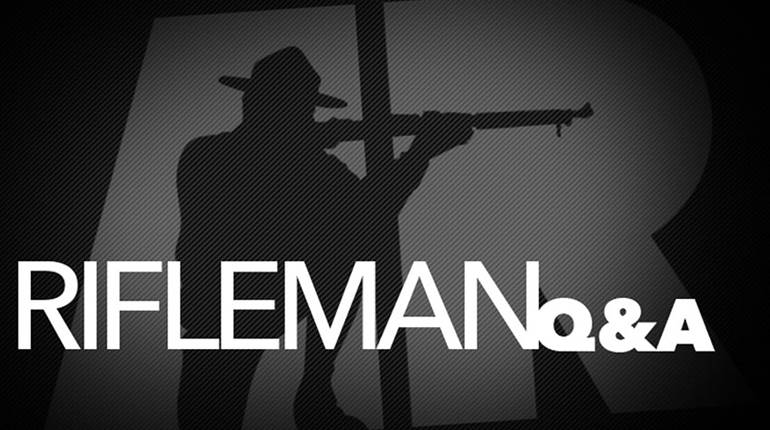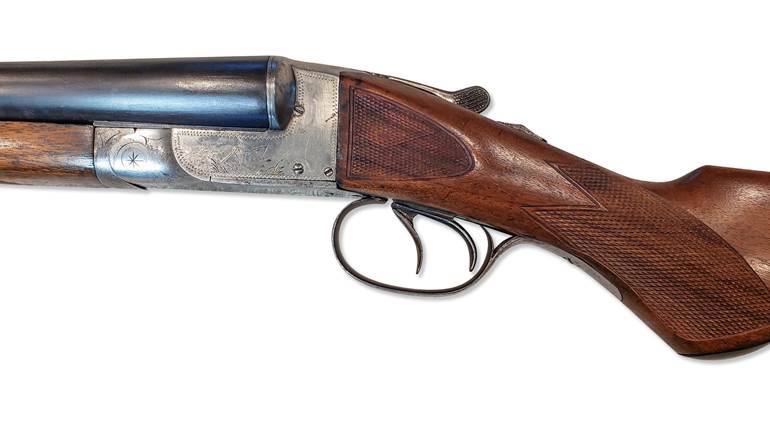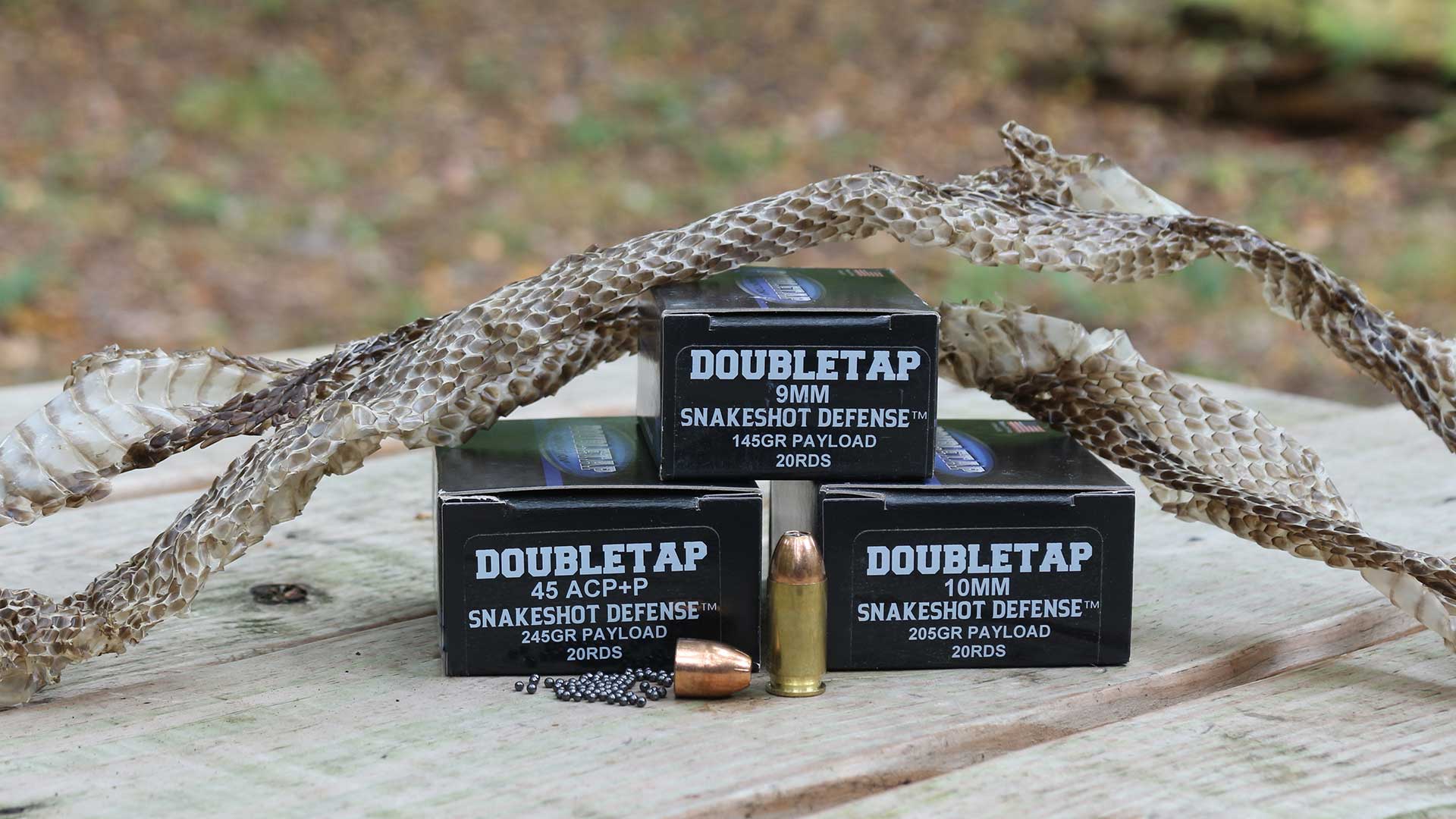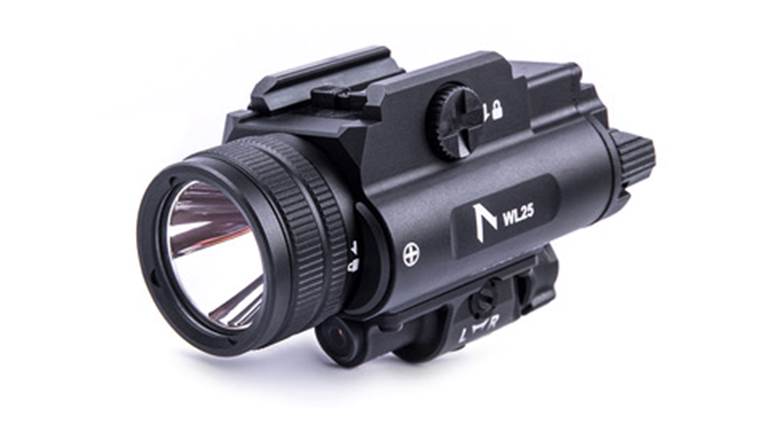
Q: This handgun has been in the family for as long as anyone can remember, which likely takes it back before World War II. Little is known beyond its .32 ACP chambering. I would like to get it into shooting condition, if possible, and herein lies the challenge: What is it, and who will work on it?
At first blush, it appears to be an early Browning-designed FN; however, the design mimics the Colt 1903 Pocket Hammerless more so than FN’s early 7.65 mm semi-automatics. The Bakelite stocks are presumed to be original to the gun, and have a bull in the oval where the FN or Colt logo would appear. I’ve read that many Spanish companies during that era paid little attention to copyrights, and even included the original manufacturer’s rollmarks. Other than the aforementioned slide markings, the number “83” appears in several locations (as detailed in the attachment), there is a “4” under the left grip, “FEU” and “SUR” near the safety, and the 3" barrel has “7^” stamped on the chamber area. The recoil spring guide looks unique, as it has a tiny screw on the muzzle end that helps hold the gun together, and the breech end appears to consist of multiple tiny parts including an internal spring. Disassembly begins by rotating the barrel with the slide locked open. The wooden stocks are a homemade replacement.
A: This is a very interesting pistol. I have conferred with the editor of AUTO-MAG, a publication devoted to the history of semi-automatic pistols, and with the owner of a website in Belgium devoted to Belgian pistols. He also has published a multi-volume set of books devoted to Belgian pistols. And I have a great amount of references on Belgian pistols. None of us has ever seen reference to a pistol like this. Maybe “83” is the serial number, and very few were made?
There was a well-known manufacturer of pistols like this in Belgium by the name of Manufacture Liegeoise d’Armes a Feu. You can see your pistol has almost the exact name, except that Liegoise (Liege) is listed last. A pistol of this age (1918 to about 1930) would have Belgian proofmarks if it were made in Belgium.

We think your pistol was made in Spain. Part of the reason is the stock with the bull on it. An example of such a stock that I found in reference materials was on a pistol made or marketed by a Spanish group Sociedad Espnola de Armas y Municiones. Additionally, the Spanish did not use proofmarks during that period, and they were notorious for copying other makers and using all sorts of variations of names on the slide.
The knurled ring at the muzzle is quite unusual, and is not seen on the run-of-the-mill Spanish handguns, or Belgian models for that matter. So, this is a puzzler.
Concerning the broken parts, you would have to find a skilled gunsmith to fabricate parts since it will be very unlikely anyone would have parts for this unusual gun.




































